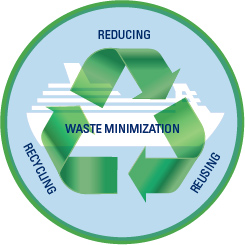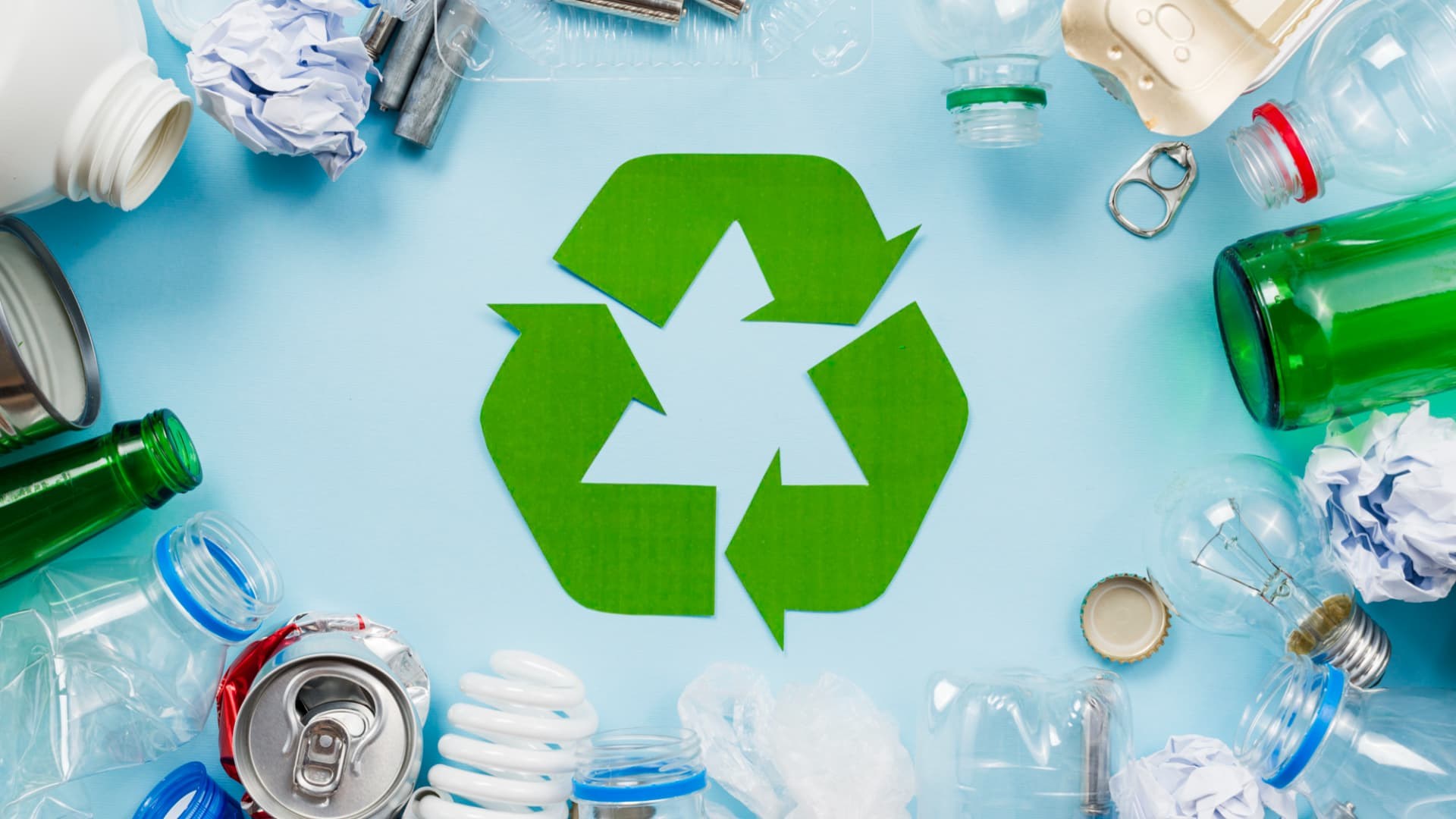Why Select Recycling Lives Services for Your Waste Management Needs
Why Select Recycling Lives Services for Your Waste Management Needs
Blog Article
Understanding the Category and Handling of Various Sorts Of Waste
Reliable waste management is crucial for ecological sustainability, needing a thorough understanding of the classification and handling of different waste types. House waste, industrial by-products, hazardous materials, electronic refuse, and organic residues each demand distinct methods to make sure security and minimize eco-friendly damage.

Household Waste
Home waste, incorporating a broad variety of discarded products created from daily living tasks, represents a considerable element of the overall waste stream - recycling lives services. This classification consists of organic waste such as food scraps, backyard trimmings, and paper items, along with not natural products like plastics, metals, and glass. The varied nature of household waste necessitates reliable classification and monitoring to minimize ecological impact and promote lasting living practices
Reliable household waste monitoring begins with segregation at the source, facilitating recycling, composting, and secure disposal. Organic waste, for circumstances, can be composted to generate nutrient-rich soil modifications, reducing landfill problem and boosting soil health and wellness. Recyclable materials, including paper, glass, and particular plastics, can be processed and repurposed, preserving resources and reducing energy usage linked with brand-new product manufacturing.
Moreover, unsafe home waste such as batteries, electronic tools, and cleaning chemicals needs specialized handling to avoid soil and water contamination. Public awareness campaigns and convenient disposal options play essential roles in ensuring proper disposal and recycling of these materials. By applying robust waste decrease strategies and cultivating neighborhood participation, communities can significantly reduce the environmental footprint of house waste.
Industrial Waste
Industrial waste, a major factor to worldwide waste generation, encompasses a varied series of products generated by manufacturing, building, and other commercial tasks. This category consists of by-products such as scrap metal, plastics, rubber, chemicals, and various other deposits. The structure and volume of hazardous waste can vary dramatically depending on the industry and manufacturing procedures entailed. Efficient administration of hazardous waste is critical for lessening ecological influence and promoting lasting practices.
The handling of commercial waste usually includes several procedures: collection, partition, disposal, and therapy. Collection systems are created to effectively collect waste products from different sources within an industrial procedure.
Taking on approaches such as waste minimization, resource recovery, and recycling can considerably lower the problem of industrial waste on the environment, adding to even more sustainable commercial methods.
Contaminated Materials

The classification of contaminated materials is commonly based upon its chemical and physical qualities. Poisonous wastes consist of damaging substances that can cause negative health and wellness impacts even at low focus. Destructive wastes can harm or ruin living products and tissues. Combustible wastes can easily ignite, posturing fire dangers, while reactive wastes can trigger surges or launch toxic gases upon call with various other substances.
Effective contaminated materials monitoring includes several crucial practices: recognition and segregation of harmful products, risk-free transport and storage, and appropriate therapy and disposal. Treatment methods may include chemical neutralization, stablizing, and incineration. Regulatory conformity is vital, assisted by structures such as the Resource Conservation and Recuperation Act (RCRA) in the USA, which ensures secure and ecologically audio monitoring of harmful waste.
Electronic Waste
Digital waste, typically abbreviated as e-waste, represents a growing obstacle in waste administration due to the fast obsolescence of technology. This category includes a broad range of discarded digital devices, including smartphones, computer systems, televisions, and family devices. The intricacy of e-waste hinges on its make-up; these items consist of a blend of beneficial materials such as gold and copper, as well as harmful materials like lead, cadmium, and mercury.

Regulations and regulations, such as the European Union's Waste Electric and Digital Equipment (WEEE) Instruction, goal to advertise accountable e-waste administration. These policies mandate makers to help with the collection and recycling of digital items, thereby lowering the burden on land fills and reducing ecological contamination.
Organic Waste
Organic waste, encompassing naturally degradable materials such as food check out this site scraps, backyard trimmings, and agricultural deposits, comprises a significant section of the community strong waste stream. This kind of waste is significant not only for its volume but additionally for its prospective ecological impact if not managed properly. Organic waste can break down anaerobically in garbage dumps, producing methane, a potent greenhouse gas adding to environment change.
Proper handling of natural waste includes several techniques. Furthermore, diverting food waste from garbage dumps through donation programs can minimize food instability while lessening waste.
Municipalities and companies are progressively recognizing the significance of natural waste management. Implementing thorough natural waste recycling programs not only minimizes ecological influences however also aligns with wider sustainability objectives, advertising a circular economic situation where resources are continually recycled and repurposed.
Conclusion
Reliable waste monitoring and ecological defense require an extensive understanding of the category and handling of different waste kinds. House, commercial, unsafe, electronic, and natural waste each need distinct procedures for segregation, therapy, and disposal. Proper monitoring reduces ecological impact, saves resources, check out this site and promotes sustainability. Executing proper approaches for each and every waste kind guarantees liable and risk-free waste management methods, inevitably contributing to the security of environments and public health.
Reliable waste administration is critical for environmental sustainability, requiring a comprehensive understanding of the classification and handling of different waste kinds.Home waste, encompassing a broad array of discarded products created from daily living tasks, represents a considerable element of the total waste stream.Industrial waste, a significant contributor to worldwide waste generation, incorporates a varied array of products produced by production, building and construction, and other industrial activities (recycling lives services).Harmful waste, an essential worry in waste management, consists of products that position considerable threats to human wellness and the atmosphere due to their poisonous, harsh, flammable, or responsive residential properties.Organic waste, encompassing biodegradable products such as food visit scraps, backyard trimmings, and farming residues, comprises a substantial section of the local strong waste stream
Report this page